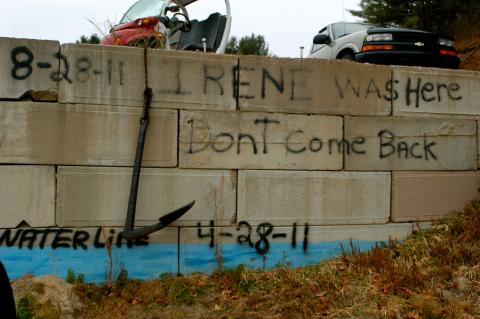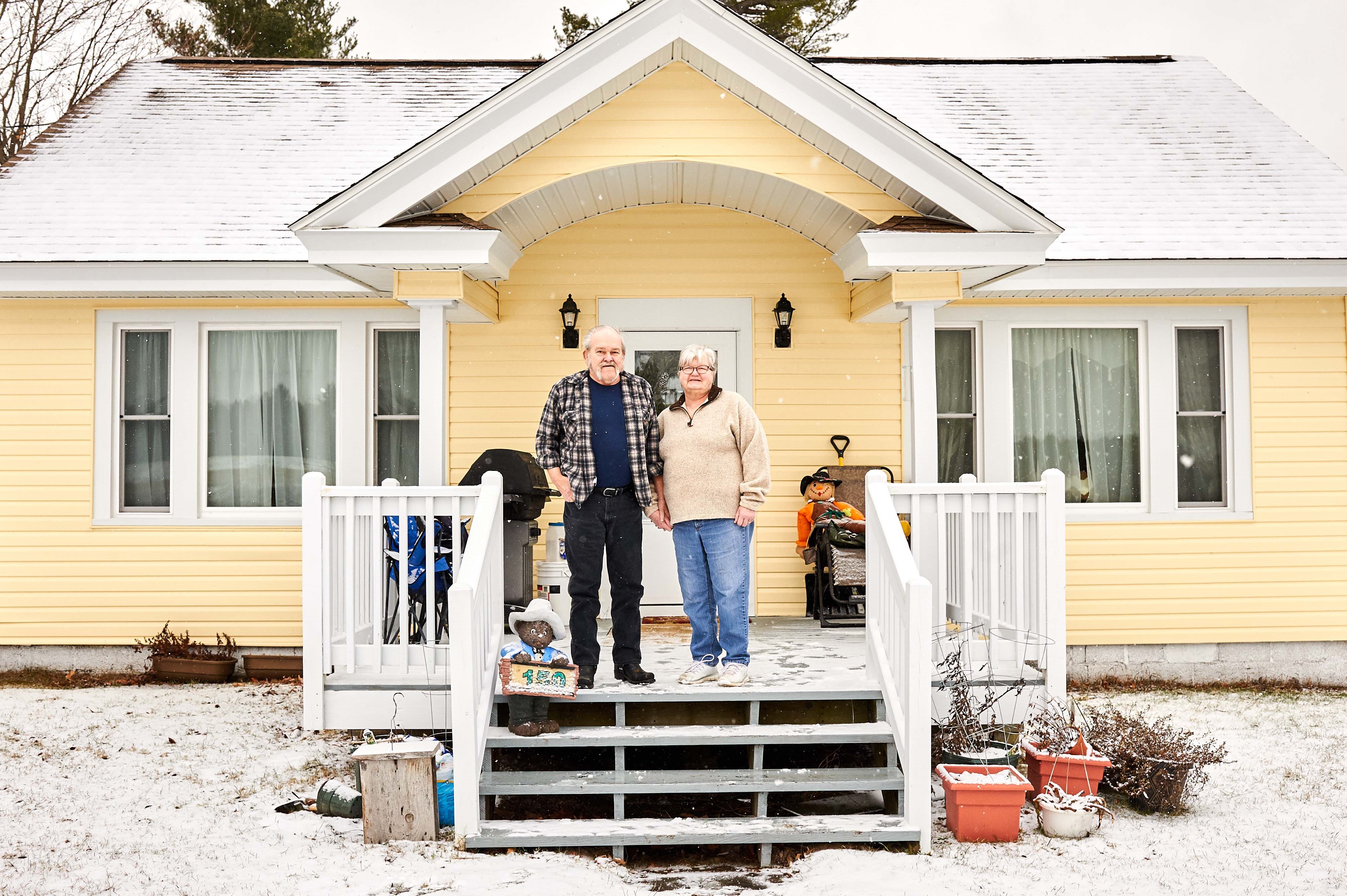Image

Rural communities face a variety of geographic and economic obstacles that are exacerbated by environmental crises like drought, flood, wildfires and hurricanes. The challenges include:
- Physical barriers: geographic isolation, limited infrastructure and an aging housing stock.
- Economic barriers: higher poverty rates, unemployment and less diversity.
- Institutional issues: reduced health services and limited local government capacity.
Rural community development nonprofits, including some of the 115 members of the NeighborWorks Rural Initiative, have stepped into this space to deal with substandard housing by offering low-cost financing options and construction services, often in conjunction with each other. Many rural-serving nonprofits offer rehab services as contractors or, more commonly, as by helping homeowners select reliable contractors and monitoring construction.
Basic rehab services, like fixing a leaky roof, addressing structural damage, and updating wiring and plumbing, are offered by most programs. Some organizations have one or more special focus areas like energy efficiency and disaster mitigation.
As an example, member organization Housing Assistance Program of Essex County (HAPEC) served as a stabilizing force for flooded New York communities after Hurricane Irene in 2011. The Au Sable River, a famous trout source running through the Adirondacks, already was prone to flooding during the spring. When Hurricane Irene hit in August, more than 100 roads across Essex County were closed while thousands of residents went without power for days. Essex, along with neighboring counties, declared a state of emergency and by the end of the storm, 73 homes had incurred major damage, with basements flooded and homes ripped off their foundations. Thirty homes were completely destroyed.
The Federal Emergency Management Association offered residents in the county a 75 percent buyout on the value of destroyed homes, but, as is so often the case with natural disasters, low-income residents were hit the hardest. Many of those who stayed behind owed a mortgage on their property, and the buyout would have left them homeless and in debt.
HAPEC stepped in to offer affordable rehab, completing 20 repairs to leaky roofs and flooded basements, along with floor and insulation replacement for manufactured homes.
During a recent visit, Bruce Misarski, HAPEC’s executive director, pointed to the cement wall beside the Au Sable River that marked where the water level had risen during the spring flood, then to adjacent empty lots where houses were destroyed after Irene dropped 10 inches of rain in a matter of just 12 hours. He said, “It’s weird because it left this patchwork of a neighborhood. But some people stayed, and they’re the heart and soul of this community.”

Fortunately, by combining HUD CDBG funds with support from Wells Fargo and a NeighborWorks America Safe and Sound grant, HAPEC was able to fix their roof and replace the windows and siding on the house. And moving the washer and dryer up to the ground floor relieved Joann from the routine stress of navigating the uneven staircase.
In the months following the hurricane, FEMA partnered with HAPEC and other local agencies like the Red Cross, Salvation Army and United Way to establish a long-term recovery committee. When FEMA left after the emergency assistance was complete, these groups continued to meet monthly, serving as a core network of volunteer emergency responders. They also worked to strengthen the community’s capacity to be ready the next time a storm hit or the river flooded.
“With climate the way it is today, you have to be prepared,” Misarki said, “because it’s just going to happen again.”

